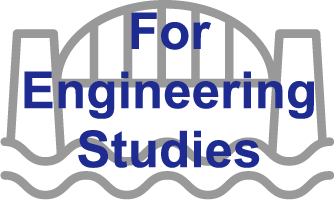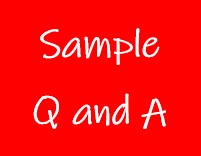Peter Thew - Charles Sturt University - 2020
Engineering Studies – H1 Civil Engineering – Mechanical Analysis
This topic investigates trusses and the application, design and analysis of trusses. Both the method of joints analysis and the method of sections analysis are reviewed. Key concepts for students are loading types, support types and identifying redundant members in a truss analysis.
Key Concepts
- Truss purposes and types
- Truss analysis concepts
- Analysis by method of joints
- Analysis by method of sections
- Support types
- Applied loads
Discussion Questions
- Why are trusses used?
- What are the types of trusses commonly used in engineering structures?
- Why is analysing trusses relevant?
- What methods of calculating the forces in truss members are used?
- Why are the external loads (forces) calculated prior to member analysis?
- What is a redundant member and why might they be present in a truss?
- Explain when the ‘method of joints’ would be an appropriate method to calculate force in a truss member.
- Explain when the ‘method of sections’ would be an appropriate method to calculate force in a truss member.
Downloads

Truss analysis Powerpoint - Steve Cavanagh 2021
Resources contributed by Steve Cavanagh
Head Teacher Technological and Applied Studies (TAS)
Videos
Method of Sections - HSC Question/Solution - Eureka series - YouTube
Peter Thew - Charles Sturt University - 2020
Mr John Rochford - Truss Analysis Solution - Video
Teacher demonstration - method of joints truss analysis


